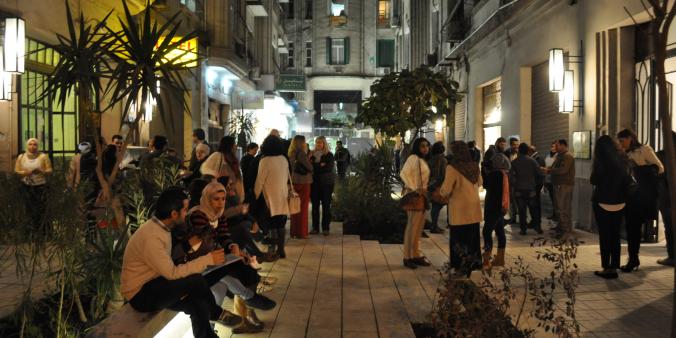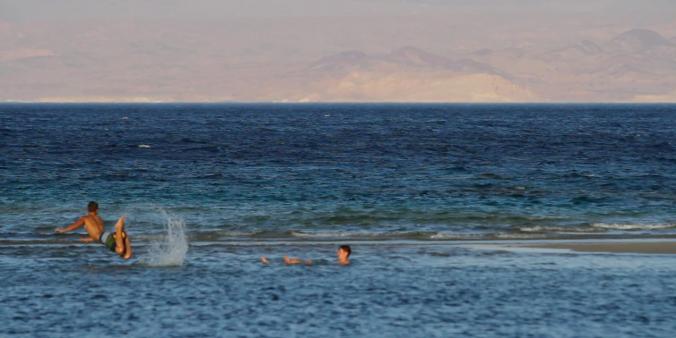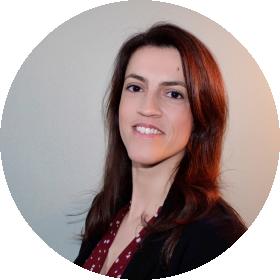
On 21 May, professionals from different art disciplines tuned in from their houses in Cairo to the studios of Pakhuis de Zwijger in Amsterdam to have a conversation with side-kick Lada Hršak, and moderator Zoë Papaikonomou about the impact of corona on Cario. They shared their interesting perspectives on what the crisis means for the city and its cultural scene, and what solidarity and support initiatives have emerged (video below).
Background
The holy month of Ramadan is a festive and unique time in Cairo. Normal life comes to a halt as Muslims gather to fast, worship, and celebrate this special month. After breaking the fast, which lasts from sunrise to sunset, Cairo comes alive, as people flock to cafes, peruse shops, crowd the streets, and revel in the electric energy of Ramadan nights. With the onset of COVID-19, this year’s Ramadan looked a bit different. Instead of projecting the call to prayer in the mosque, imams around Egypt called for worshippers to “pray in their houses.” A nation-wide curfew, which was initially set at 5pm but then moved to 8pm, prevented the typical bustle of Ramadan nightlife. Further attempts at controlling the COVID outbreak include school closures, restricted shop hours, work from home orders where people can afford it, and closures of all government public facilities. With large scale shutdowns, increasing job insecurity, and widespread economic downturn, families tightened belts instead of engaging in the typical charitable and splurging practices that characterize the month of festivities.
Unlike in Amsterdam, the pandemic in Cairo is hard to track and even harder to manage. Despite efforts by the Ministry of Health to impose quarantine measures, the majority of Egypt’s population remains outside of the purview of control. As Lada Hršak, architect and designer at Bureau LADA, said, the difference between Amsterdam and Cairo is that in Amsterdam, people are given the choice of personal responsibility, whereas in Cairo, such a choice is not afforded by a nexus of social, economic, and political happenings. In a place like Cairo, the pandemic must be read through a class-based lens before anything else. Those who have the luxury to socially distance, or the privilege to stay home, are a very small handful of a society that is largely composed of day-wage laborers and what western countries term “essential workers.” Members of the upper middle class and upper class who live in gated communities or high scale neighborhoods have a very different experience of the pandemic to those who live in densely populated neighborhoods or aishwaiyat (“ghettos”). As such, the pandemic remains rampant, and, even as opportunities for testing increase, it is still difficult to curb the spread.
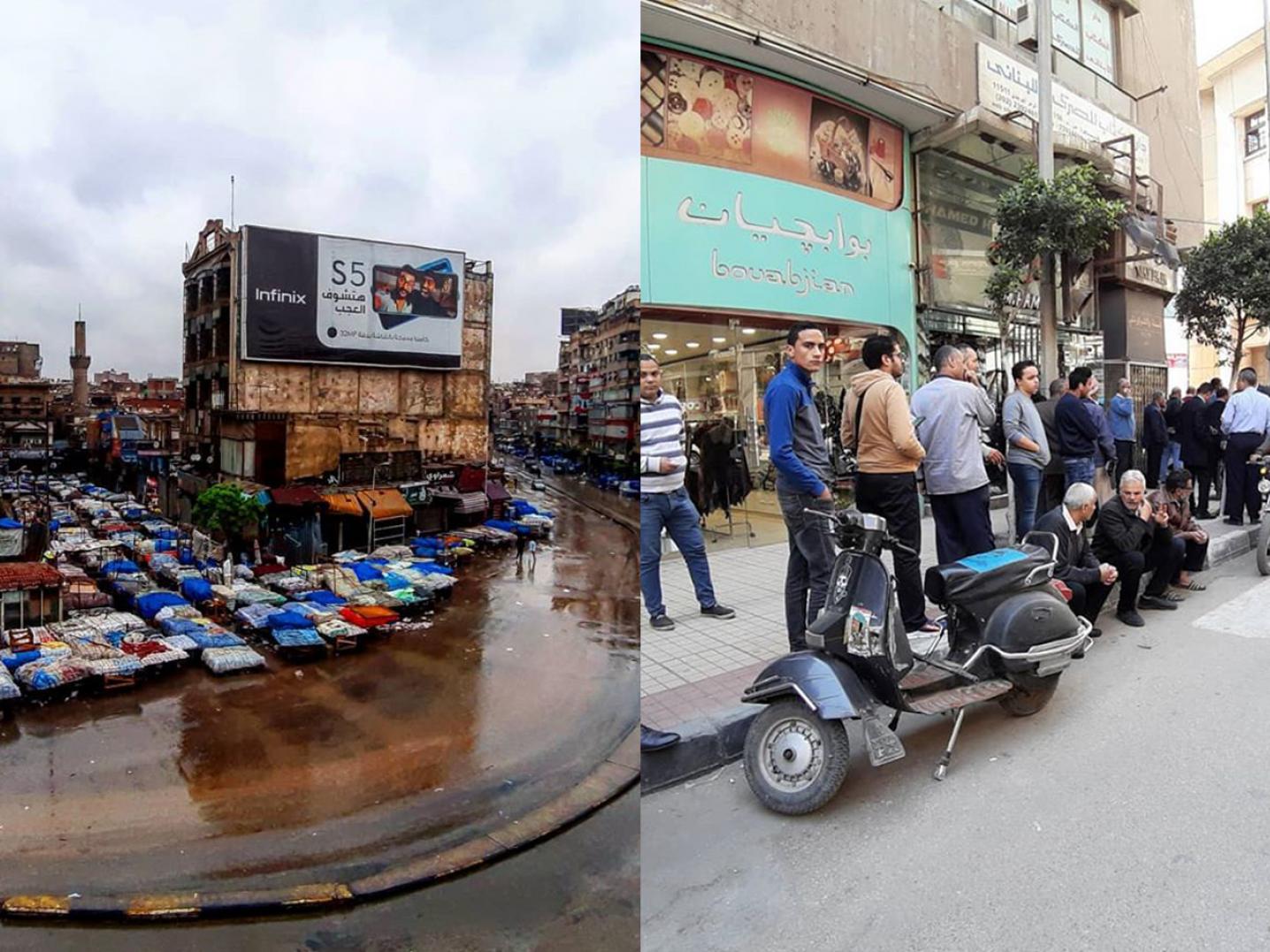
Creative Industries
As the pandemic ushers in paradigmatic social, economic, and political change, Infected Cities creates a space to think about the impact of COVID-19 on creative industries. Artists Ahmed Hamed and Asmaa Gamal shared their personal experiences practicing artwork during the corona pandemic. Hamed is a photojournalist who captures quotidian rhythms in Egypt’s capital city. His images of long lines outside pharmacies - depicting those waiting to stock alcohol and sanitizer - empty cafes, and crowded subway stations provide an image of the differences and similarities of daily life after the coronavirus outbreak. Contrastingly, Gamal, a photographer and documentary filmmaker, has relegated her practice to the domestic sphere, photographing her newborn baby and tracing life at home, in isolation. Undoubtedly, many artists and creative practitioners are struggling, as opportunities to work, exhibit, and travel are indefinitely halted. Hamed has chosen to make the best of this situation, saying, “you have to find opportunities in the crisis...some people seize the opportunity and some people just surrender, which I don’t blame them for.”
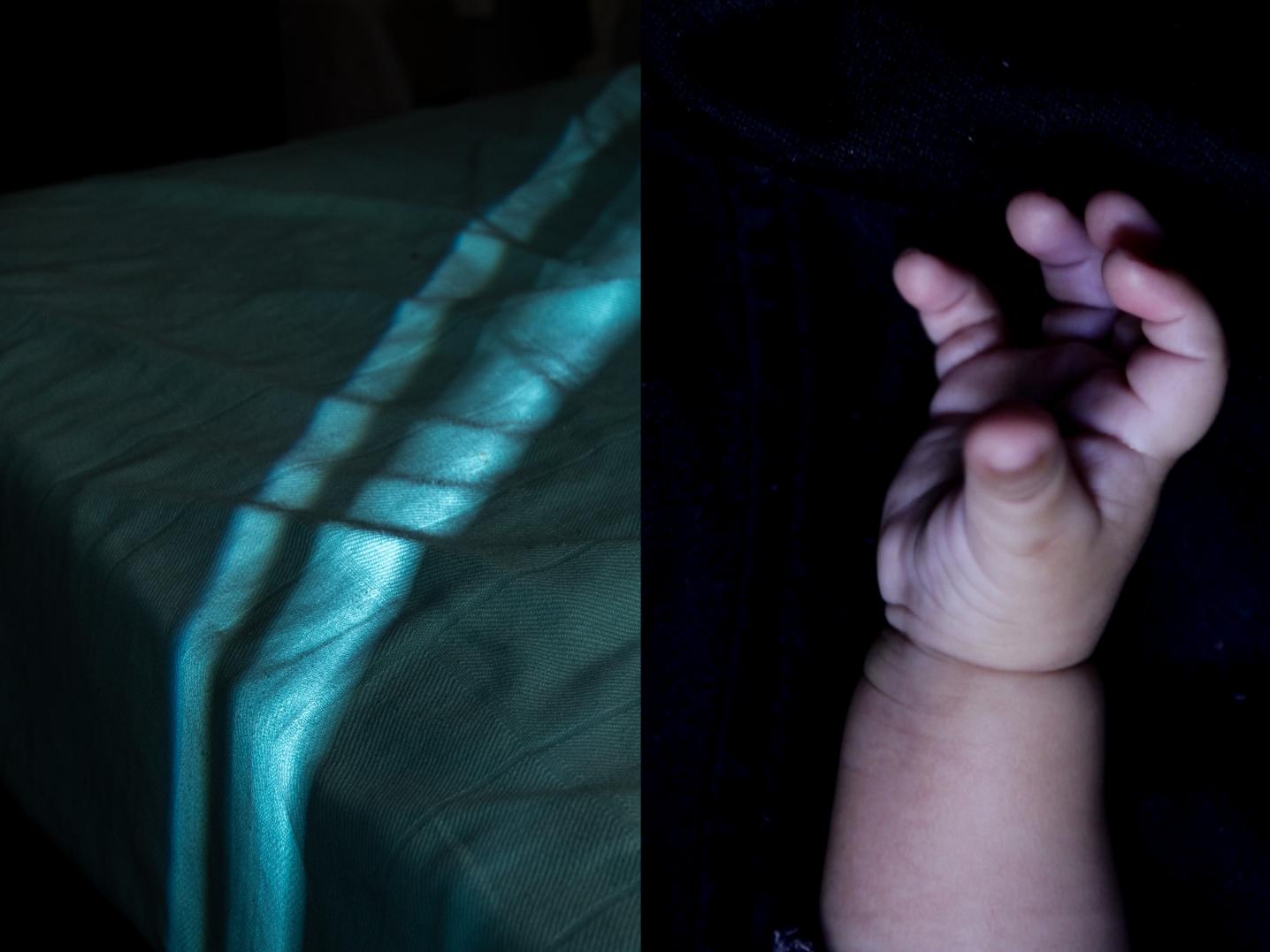
In a way, the pandemic has merely surfaced pre-existing structural shortcomings in Cairo’s creative sector. Independent arts and cultural spaces are largely sustained on foreign funding and international aid networks, creating a culture of dependency that has proved to be economically unsustainable. Even before the pandemic, many of the institutions in the independent cultural sector faced downsizing or closure, struggling to meet rents and pay salaries. As the future of foreign funding remains uncertain in a post-pandemic landscape, many institutions are trying to brainstorm new models. Some have embraced the burgeoning digitization of cultural initiatives after the pandemic, and are looking to take advantage of online platforms and the virtual audiences they attract: Megawra has continued two of their community outreach initiatives online, and many art spaces have begun to host online exhibitions. Still, others maintain that alternatives to in-person gatherings - from outreach initiatives to art festivals - fall short. Ahmed El Attar, independent theatre director and Artistic director of Downtown Contemporary Arts Festival, acknowledges the shifting tides: “Change is coming, it’s obvious. But the performing arts are the performing arts...Actually being at the performance or event is a lifetime experience. You can’t replace it.” He delves further into the psychology of the audience, musing on the conditions that would allow theater-goers to return to the theater. As western arts and culture spaces embrace the prospect of a “one and a half meter society,” Attar claims this defeats the purpose of the performing arts saying, “At the end of the day, our goal is bringing people back to the theater.”
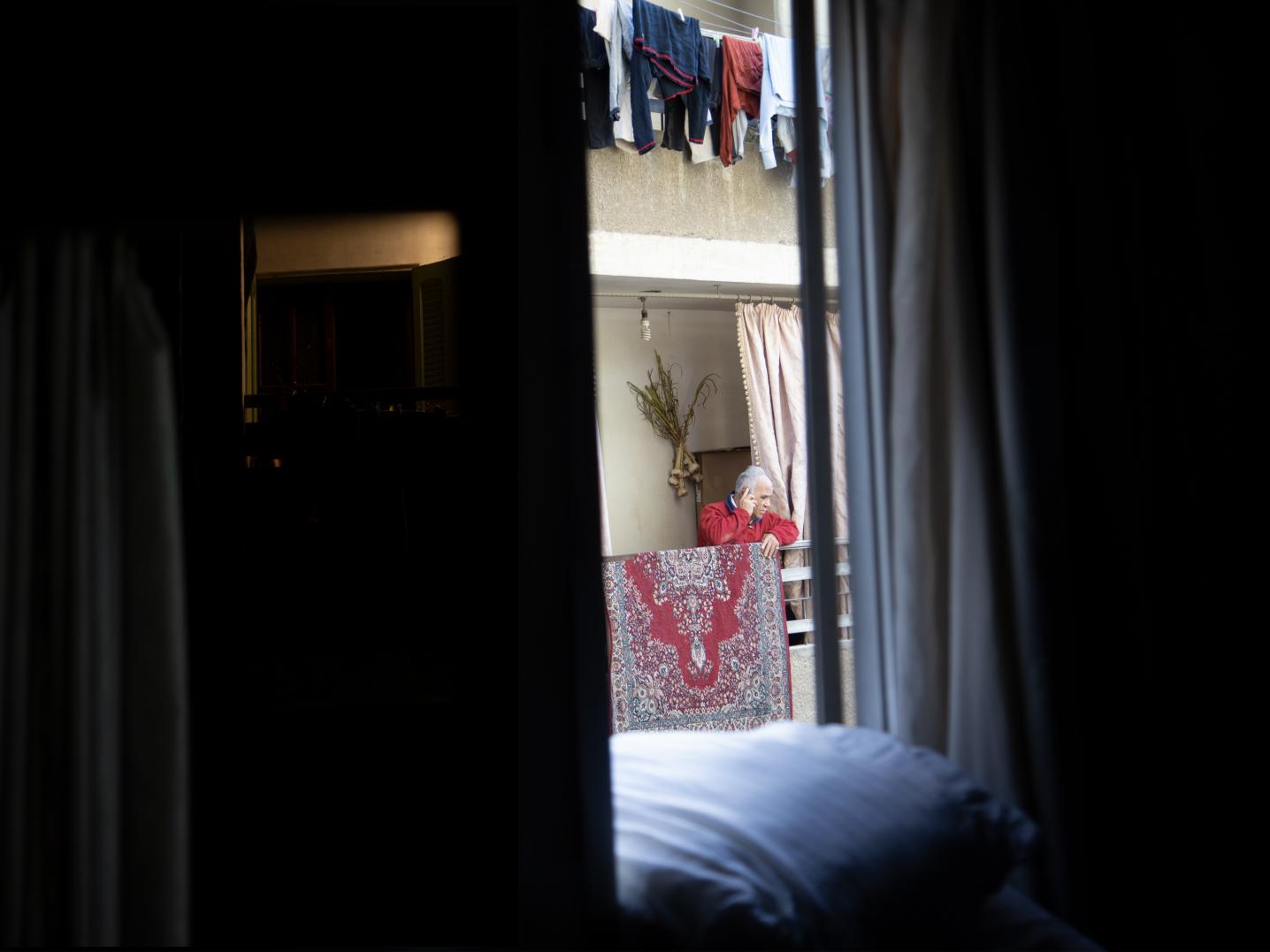
Embedded Structures of Mutual Aid
Currently, the coronavirus has yet to peak in Egypt. But despite the skyrocketing numbers and unprecedented cases, economic constraints are forcing a return to normalcy. May Al Ibrashy, founder of Megawra Built Environment Collective and Athar Lina, discussed at length the challenges facing heritage restoration projects and community building initiatives. While many of the projects were put on hold at the onset of the pandemic, day wage laborers couldn’t afford to be stalled, and went back to work. Most institutions and individuals are faced with an impossible decision: return to work or face economic turmoil. What we are witnessing is an ongoing, difficult negotiation in various industries, not just the cultural sector.
Overall, Al Ibrashy emphasizes the deeply embedded role of mutual aid in the fabric of Cairene society. In lieu of substantial government support programs, Al Ibrashy points out that there is a large reliance on individual, person to person solidarity. She continues that because Ramadan is a month of charity, a lot of money has been siphoned toward COVID-19 relief, and there are efforts to collect monetary aid or care packages to go to families. Though Egypt is a poor country, organic systems of community support practices are prevalent. In a place like Cairo, defined by constant, consecutive crises, Al Ibrashy emphasizes the role of the informal systems in place where communities can support each other and engage in mutual aid practices.
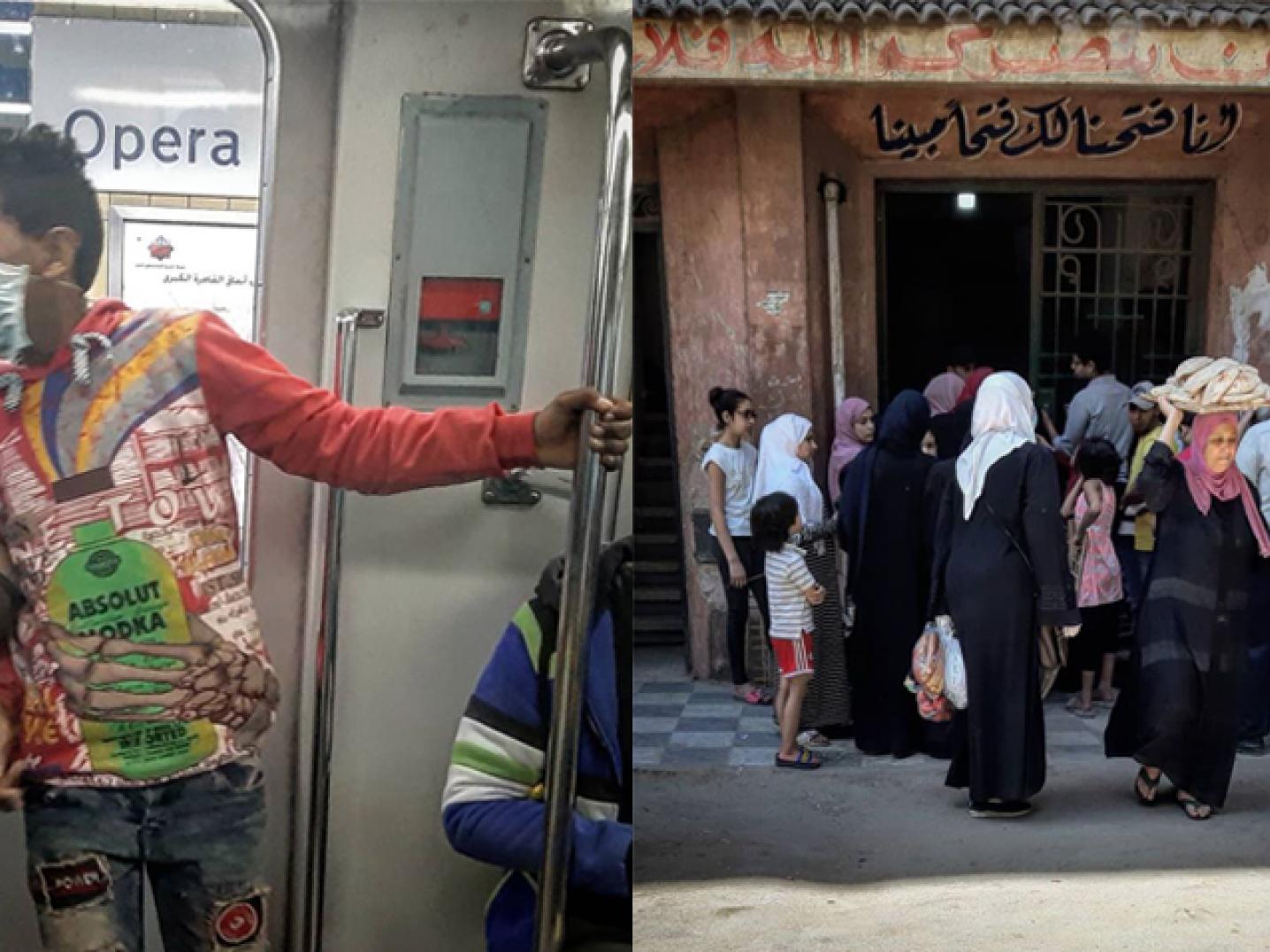
When asked to provide concluding statements for the Infected Cities #3: Cairo edition of the program, it was difficult to put together thoughts that were neither pessimistic nor naive. In truth, the pandemic and its symptoms - which include economic duress, increased state surveillance, and imminent social rifts - present unprecedented challenges for the landscape of creative industry in Egypt. However, given the pre-existing challenges facing independent arts and culture institutions, I believe cultural actors can view this schismatic shift as an opportunity to rethink the role, function, and infrastructure of the independent cultural sector. This halt presents us with an opportunity to think about alternative, sustainable funding models and explore new approaches to community building and artistic expression.

